It is said to be the gastronomic treasure of Italy, the chest where the basic foods and preparations of the Italian boot are gathered. Indeed, Emilia-Romagna is unique in Mediterranean and European gastronomy.
Halfway between the mild Mediterranean climate and the European tradition, Emilia-Romagna is in a geographical position that has made it the epitome of what is considered one of the best cuisines in the world: Italian cuisine.
In the 1500s, Emilia-Romagna was the birthplace of courtly cuisine, the cuisine of the Este family, and the place where the first books on good cooking and table manners were written. It was here that Pellegrino Artusi, 300 years later, wrote his famous “Science in the Kitchen and the Art of Eating Well“, a collection of recipes and preparations from all over Italy.
Speaking of numbers, Emilia-Romagna is the Italian region with the highest concentration of PDO and PGI products in Italy: as many as 44, all very different, from the sea to the mountains, from the plains to the cities.
There are certainly historical reasons for this international record: crossroads of routes and cultures, land of movement – as the Via Emilia attests – Emilia-Romagna was destined from its foundation in Roman times to be a sort of immense library of continental cultures.
The social reasons for this can be found in the wine and food consortia, in the social wine cellars (among the first to be founded in Italy), and in the culture of participation that has always characterized this region with its agricultural vocation.
We have already talked about the geographical reasons: halfway between Europe and the Mediterranean, the shape of the area offers a vast valley surrounded by hills, flanked on the right by the sea and on the south by the mountains that separate it from Tuscany and Marche, regions that have also been able to turn the art of pork processing into a true philosophy of life.
From all this comes what we call human reasons: the pleasure of meeting foreign people, of welcoming those who have passed through these lands since ancient times, and the pleasure of working with and for others: guests, travelers, other Consorzio members.
The art of cooking and food processing has become so significant that only here, when you want to buy something, you have to answer the questions of the salumiere and the casaro: “Do you want Modena or Parma ham, aged 18 or 24 months? Do you want the Parmesan aged 24 or 30 months? What do you need it for? How do you prepare it?”
If we wanted to sum up the entire gastronomic culture of Emilia Romagna in one sentence, we could say “the pleasure of doing things by hand”, the pleasure of producing food according to precise instructions, processes that are now consolidated and entrusted to the great cookery books.
Here we present some of these ancient productions.
5 products out of 43, just a taste of what is Italy’s largest larder of PDO and PGI products.
Salama da Sugo PGI
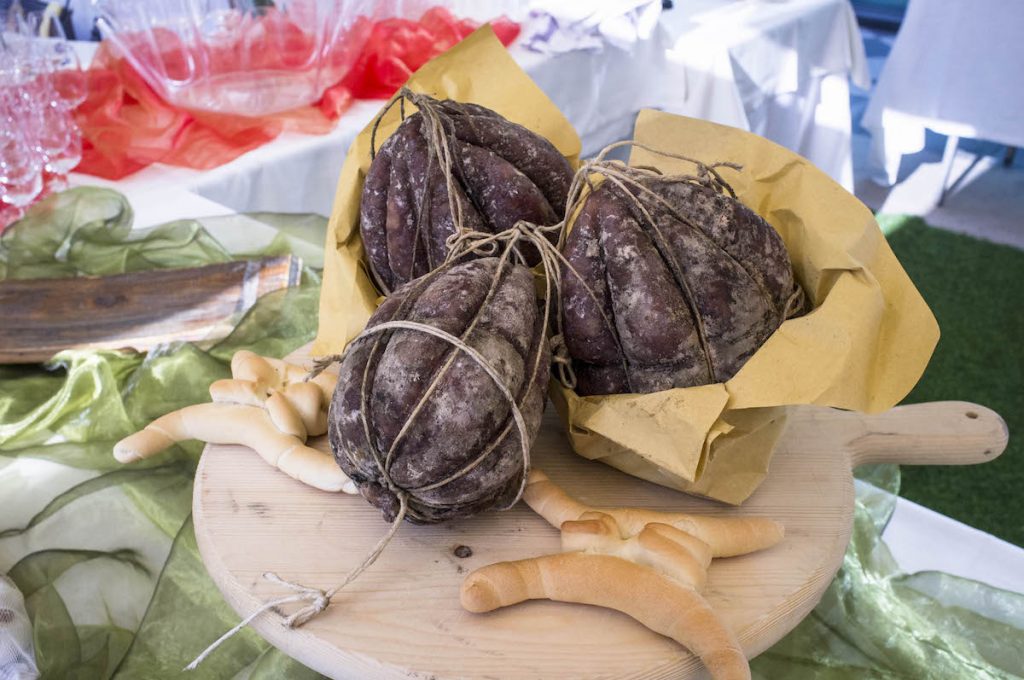
The Salama da Sugo, which has survived unchanged for centuries and is still prepared according to an ancient and rigorous ritual, is not a salami at all, despite its name.
Before it reaches the table, it must be cooked for a long time in water, wrapped tightly in a cloth to prevent it from breaking up at high temperatures.
It is usually served with mashed potatoes, but if you want to follow the Este tradition, try the sweet and savory contrast of pumpkin puree.
Pampepato Ferrarese PGI
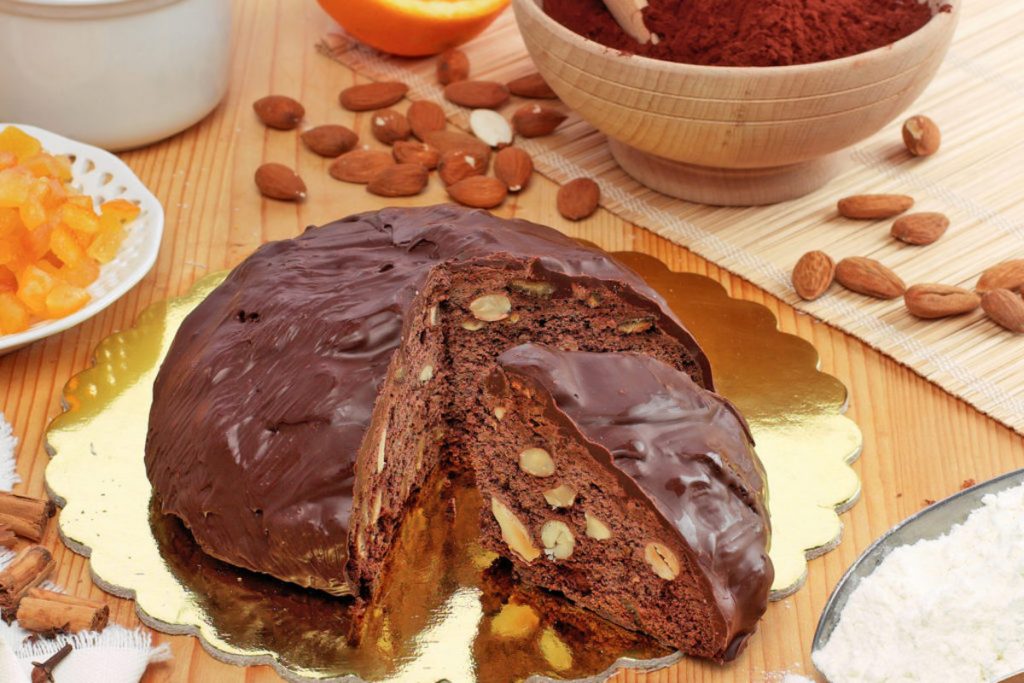
Let us stay in the land of the Este Family for this Ferrara’s dessert, typical of the Christmas season but delicious all year round.
Shaped like a zuccotto, it is enriched with almonds, hazelnuts, candied fruit, fragrant spices, and covered with a layer of dark chocolate.
Chronicles narrate that in 1660 the nuns of the Corpus Domini monastery in Ferrara drew inspiration from a recipe of the famous Este Chef Cristoforo da Messiburgo, creating a dessert to be sent to the great personalities of the time.
One of the main ingredients was cocoa, which at the time had just arrived in Europe from the New World and was a highly prized and expensive commodity.
It takes its name from the old name “Pan del Papa”, precisely because it was a rich and sumptuous dessert.
Coppa Piacentina PDO
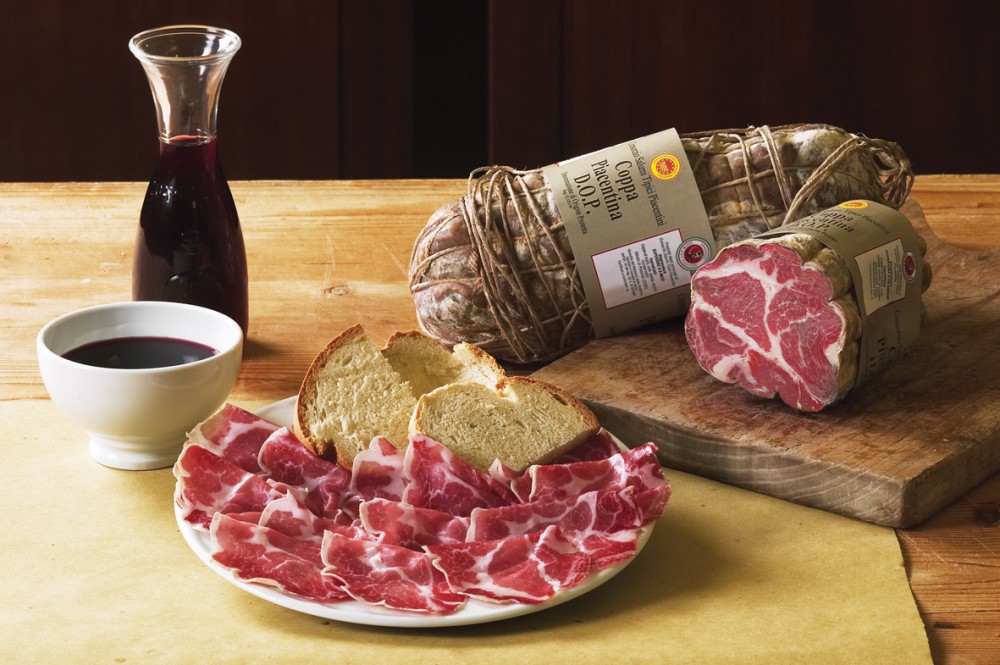
As famous as Parma hams, which are its cousins, Coppa Piacentina is obtained from the processing of the muscle under the head of Po Valley pigs.
It is then salted, massaged, and stuffed according to meticulous procedures.
It is mainly produced in the beautiful Val d’Arda, in the hills of Piacenza where, it is said, pigs grow healthier and stronger. Legend has it that it was once offered by landowners to their workers, to encourage them to work harder.
Cappellacci di zucca PDO
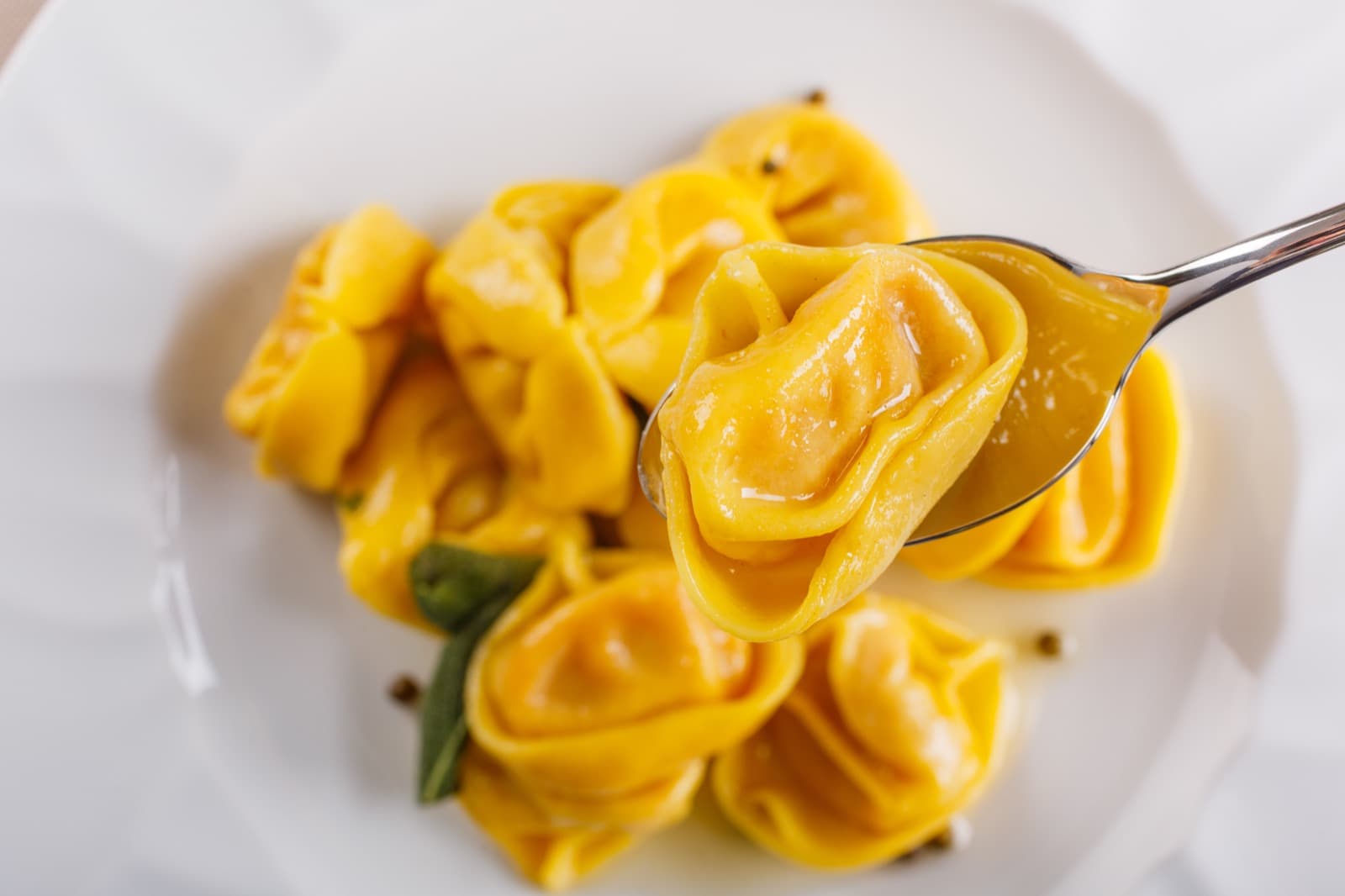
The first mention of Cappellacci di Zucca ferraresi can be found in the Renaissance cookery books of the scalchi who worked for the d’Este family in Ferrara, where we find the first references to “pumpkin tortelli with butirro”.
The ancient ingredients are practically the same as those used today: pumpkin, Parmesan cheese, breadcrumbs, salt, pepper and a pinch of nutmeg. The pumpkin usually used is the violina, a local variety that owes its name to its elongated shape, similar to that of a musical instrument.
They are served with melted butter, sage and a sprinkling of Parmigiano Reggiano, or alternatively with meat sauce.
Albana di Romagna DOCG
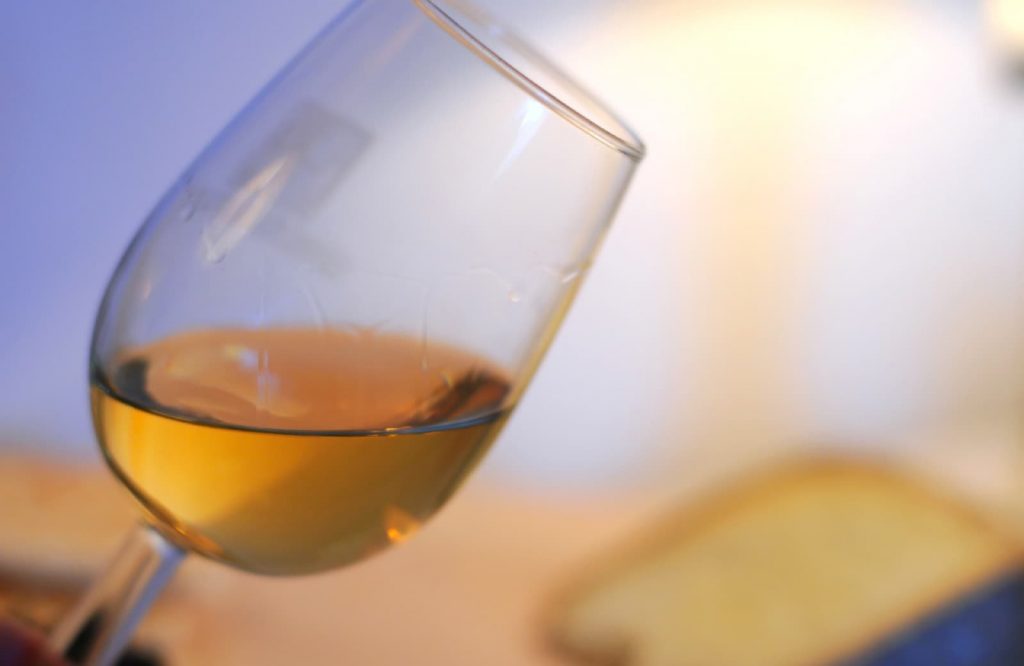
Wine cannot be missing from today’s list of recommended products, and Albana di Romagna is a very special wine: it was the first white wine to receive the DOCG designation in 1987.
But the story of Albana is much older than its recognition. Pliny the Elder and Cato seem to have been the first to speak of this vine, describing it as an excellent drink and giving rise to the myth of the nectar of the Romagna hills.
According to historians, its name even derives from the Latin “Albus” (white) and it seems that the vine arrived from Cisalpine Gaul with the Roman legionaries during the first military campaigns.
Discover all the PDO and PGI products of Emilia-Romagna
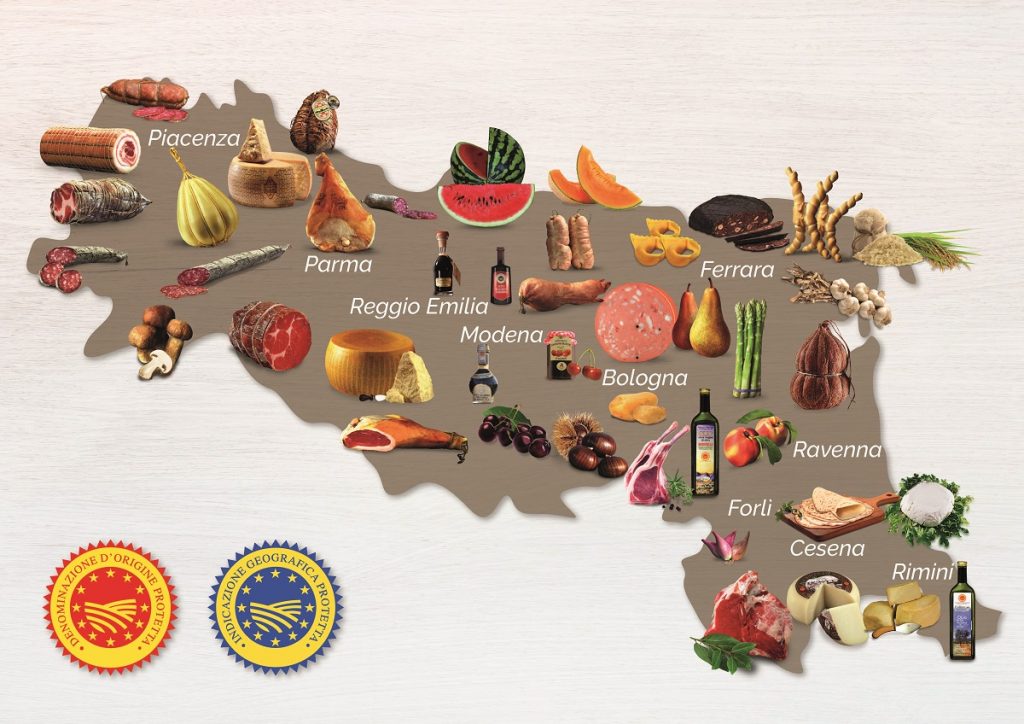
Author

Walter Manni
Explorer and Adventurer: loves sailing the oceans, climbing the highest mountains and surfing on the waves of the web
You may also like
5 food experiences not to be missed in Emilia Romagna
by Elisa Mazzini /// September 6, 2016
Emilia-Romagna’s Food Markets that You cannot miss!
by Davide Marino /// March 15, 2023

Interested in our newsletter?
Every first of the month, an email (in Italian) with selected contents and upcoming events.
The Pampapato of Ferrara between recipe and tradition
by Davide Marino /// December 17, 2020
Tagliatelle: a pasta that made Emilia Romagna’s history
by Davide Marino /// May 17, 2020
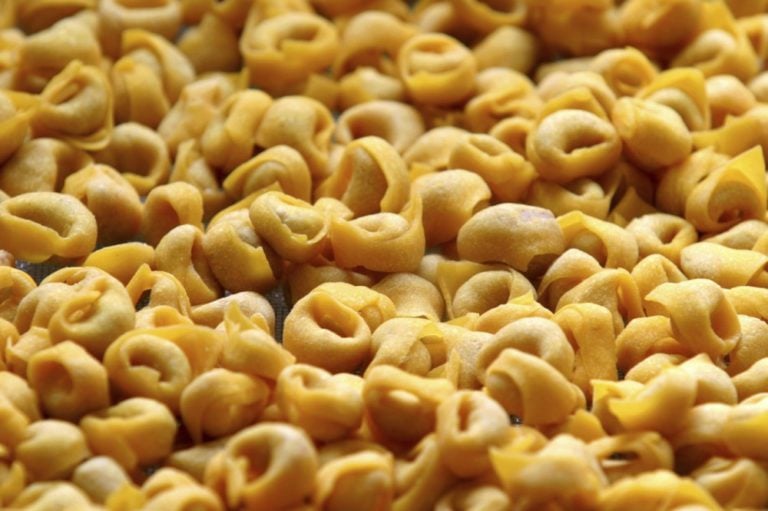
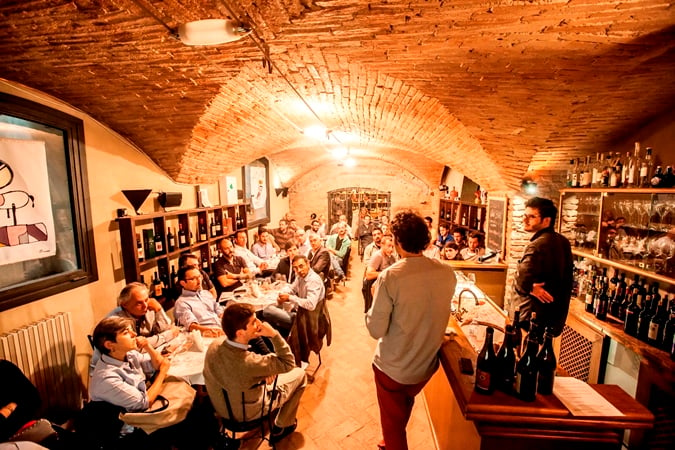
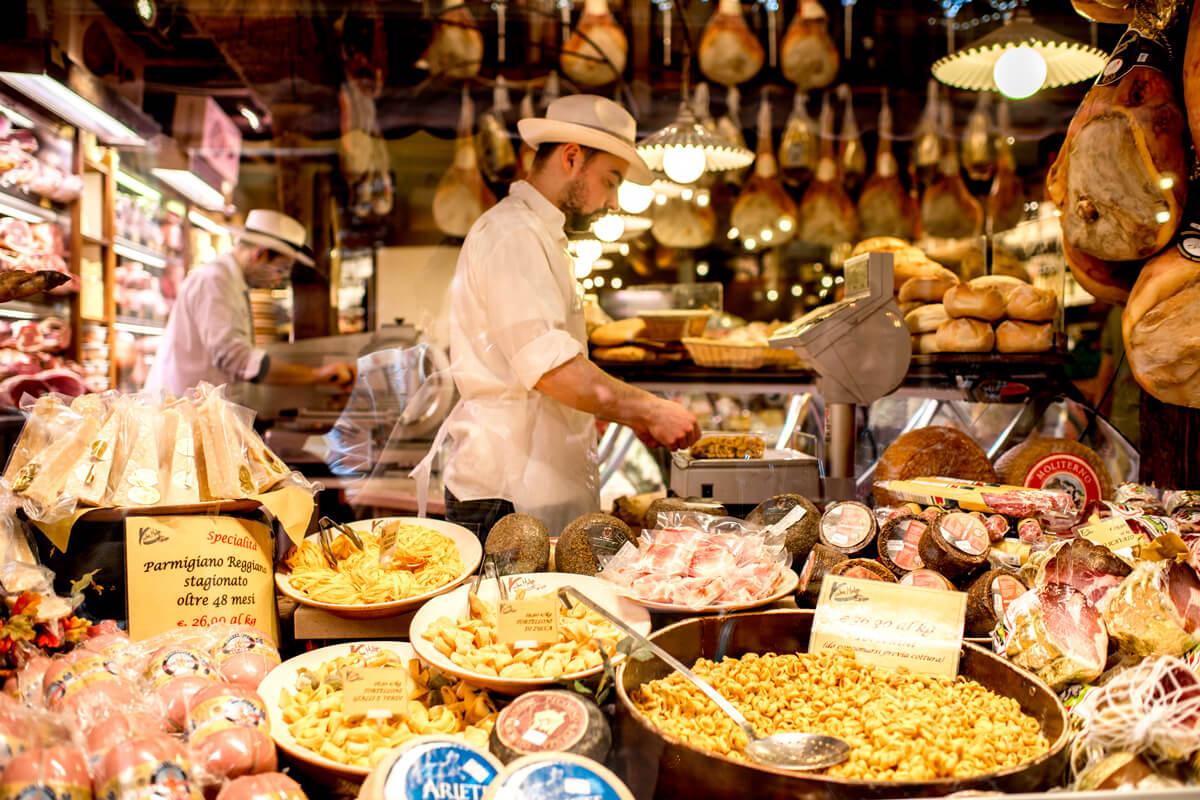
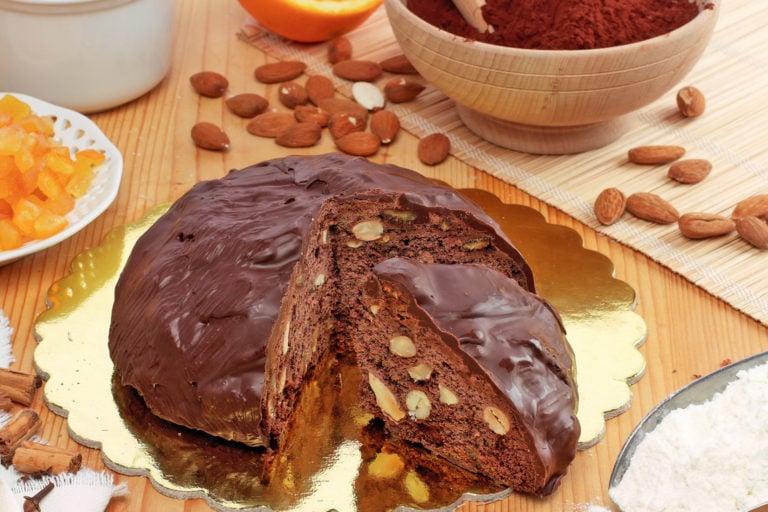
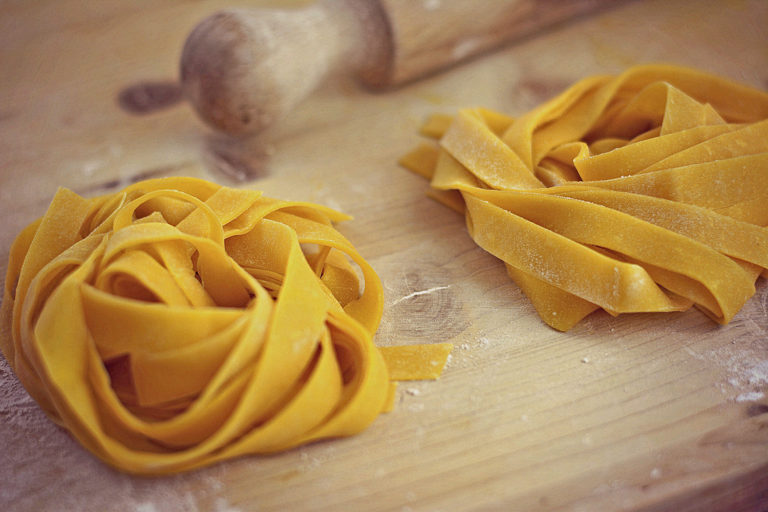
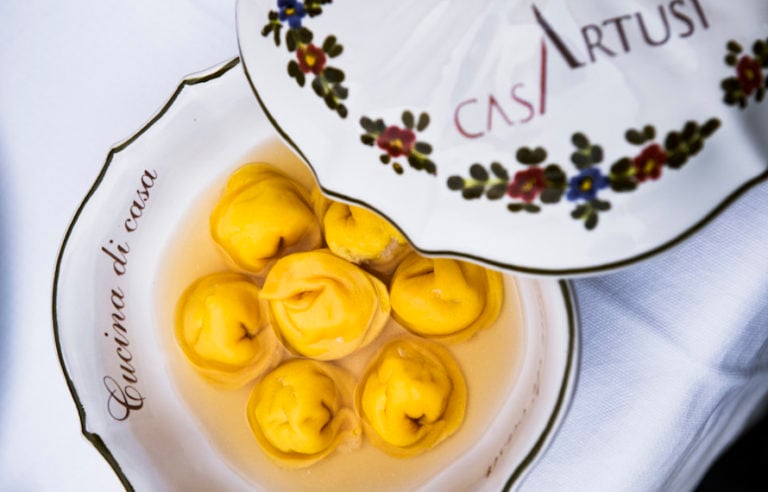
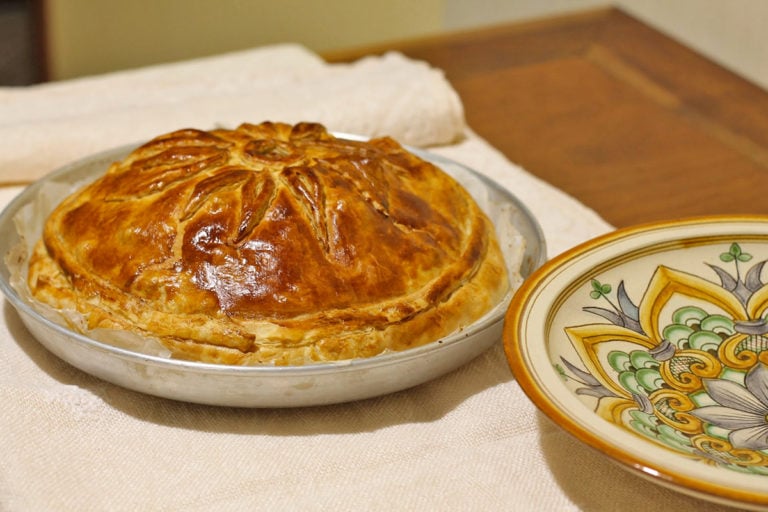
Janet b murphy
My family is from Parma ?????